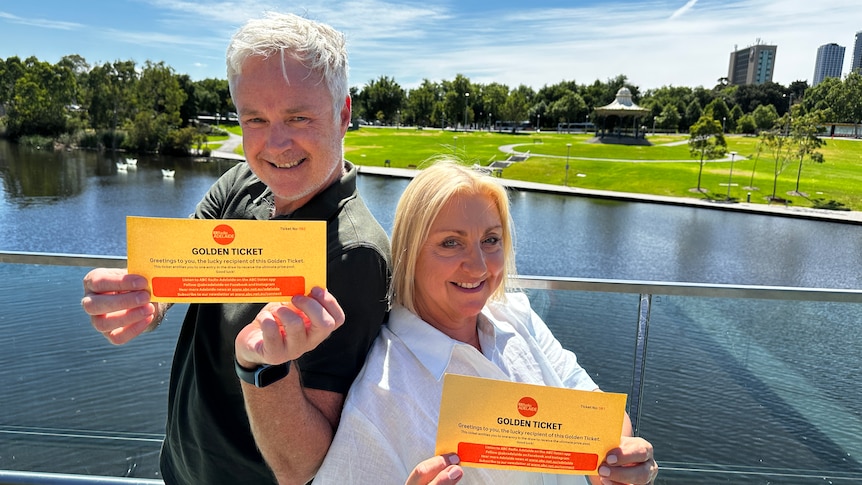- Strong agricultural sector crucial for food security: President RADIO PAKISTAN
- Speaker says farmers constitute backbone of national economy Business Recorder
- ISLAMABAD (TNS) Farmers are the main pillar of Pakistan’s economy….? tns.world
Blog
-
Strong agricultural sector crucial for food security: President – RADIO PAKISTAN
-

Dukes Fall to Monarchs in Sun Belt Opener
NORFOLK, Va. – James Madison men’s basketball dropped its Sun Belt Conference opener, 77-68, to the Old Dominion Monarchs on Wednesday night at Chartway Arena.
Justin McBride scored 24 points to lead JMU (7-5, 0-1 Sun Belt), but Ketron Shaw…Continue Reading
-
Colorado 84-73 Portland State (Dec 17, 2025) Game Recap – ESPN
- Colorado 84-73 Portland State (Dec 17, 2025) Game Recap ESPN
- Tonight’s Men’s Basketball Game to Be Played Without Fans University of Colorado Athletics
- Big Sky foes familiar to CU Buffs going into first matchup with Portland State Longmont…
Continue Reading
-
Texas 96-38 Northwestern State (Dec 17, 2025) Game Recap – ESPN
- Texas 96-38 Northwestern State (Dec 17, 2025) Game Recap ESPN
- NSU faces No. 2 Texas to conclude non-conference slate Northwestern State University Athletics
- Northwestern St Texas Basketball The Herald Journal
- How to watch Texas vs Northwestern…
Continue Reading
-
Alabama 104-93 South Florida (Dec 17, 2025) Game Recap – ESPN
- Alabama 104-93 South Florida (Dec 17, 2025) Game Recap ESPN
- How to Watch Alabama Basketball vs USF, Preview and Open Thread Yahoo Sports
- Nate Oats Evaluates Alabama’s Toughness Through 10 Games Sports Illustrated
- South Florida Bulls vs. Alabama…
Continue Reading
-

Trump defends his record as voters grow anxious over costs : NPR
President Trump addresses the nation from the Diplomatic Reception Room of the White House on Dec. 17, 2025.
…Continue Reading
-

Win ABC Radio Adelaide Breakfast’s Golden Ticket for 2026!
Want tickets to some of Adelaide’s biggest events and experiences?
Well, ABC Radio Adelaide has you covered as we kick off 2026 with a bang with the popular Golden Ticket.
Tune in to Breakfast with Sonya Feldhoff and Jules Schiller 5.30am…
Continue Reading
-

This woman brings the universe closer to Nepal
December 18, 2025
KATHMANDU – Planets, stars, galaxies, asteroids, black holes and cosmic background radiation are omnipresent in Manisha Dwa’s everyday life. The astrophysicist and astronomy expert explains why her field of science has such…
Continue Reading
-

Kansas Wins Fourth Straight, Tops Haskell in 785 Game
LAWRENCE, Kan. – The Kansas Jayhawks claimed a 107-39 victory Wednesday night over Haskell Indian Nations University on 785 Night at Allen Fieldhouse. The win came in the first matchup between the crosstown foes since 1974.Four players scored…
Continue Reading
-

No. 18 Tar Heels Roll Past In-State Foe UNCW, 84-34
CHAPEL HILL, N.C. – In the penultimate non-conference matchup, No. 18 North Carolina Women’s Basketball picked up a commanding 84-34 win against in-state foe UNCW on Wednesday night in Carmichael Arena. Leading the way for the Tar Heels was…
Continue Reading